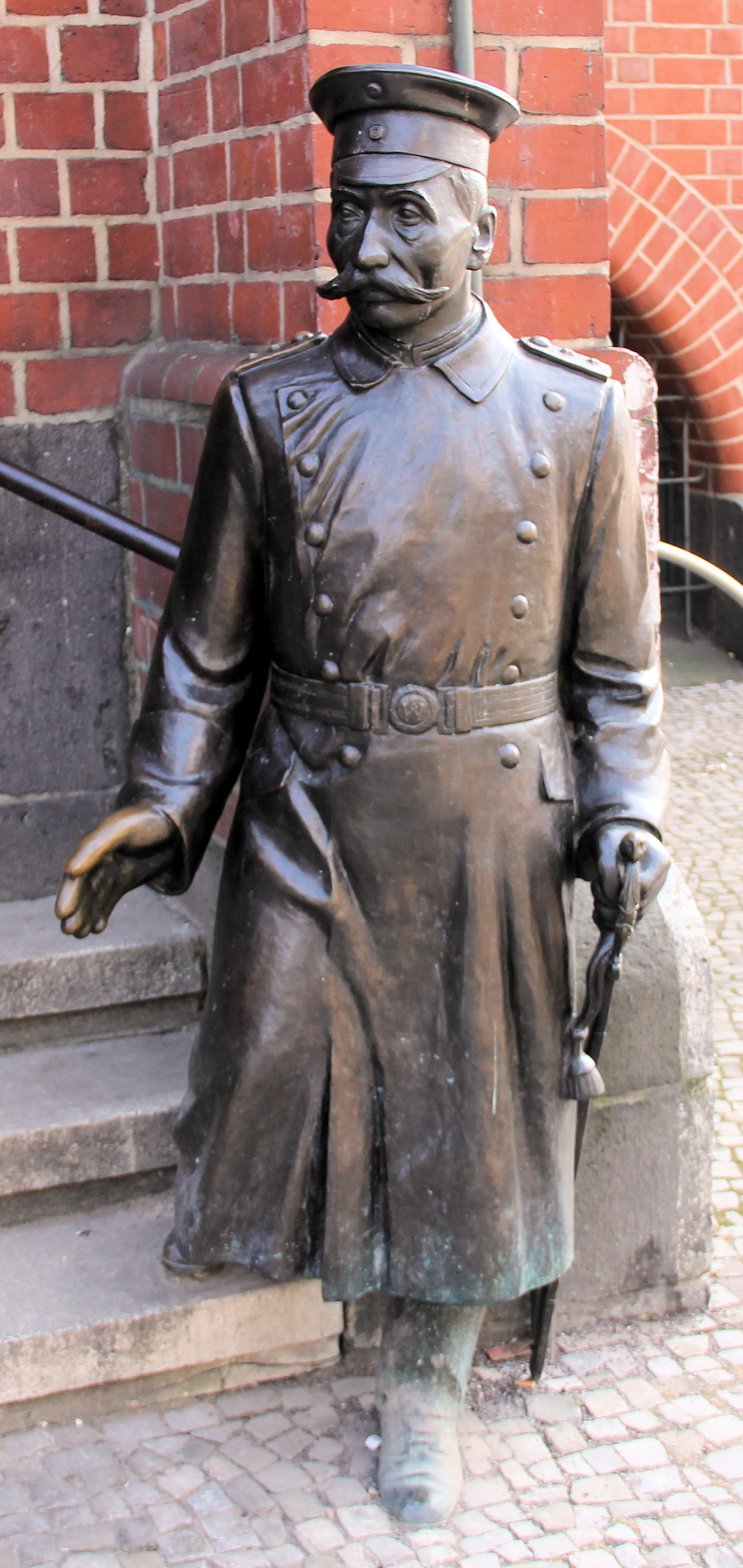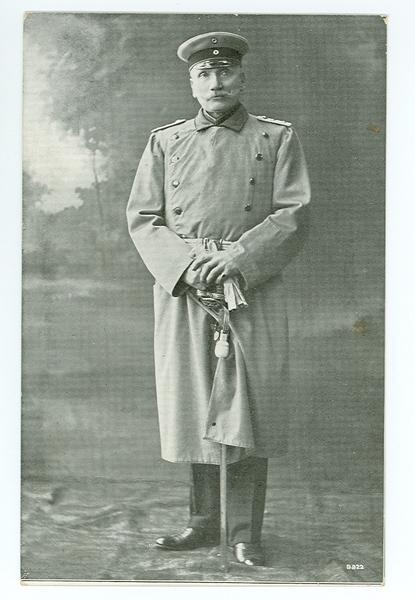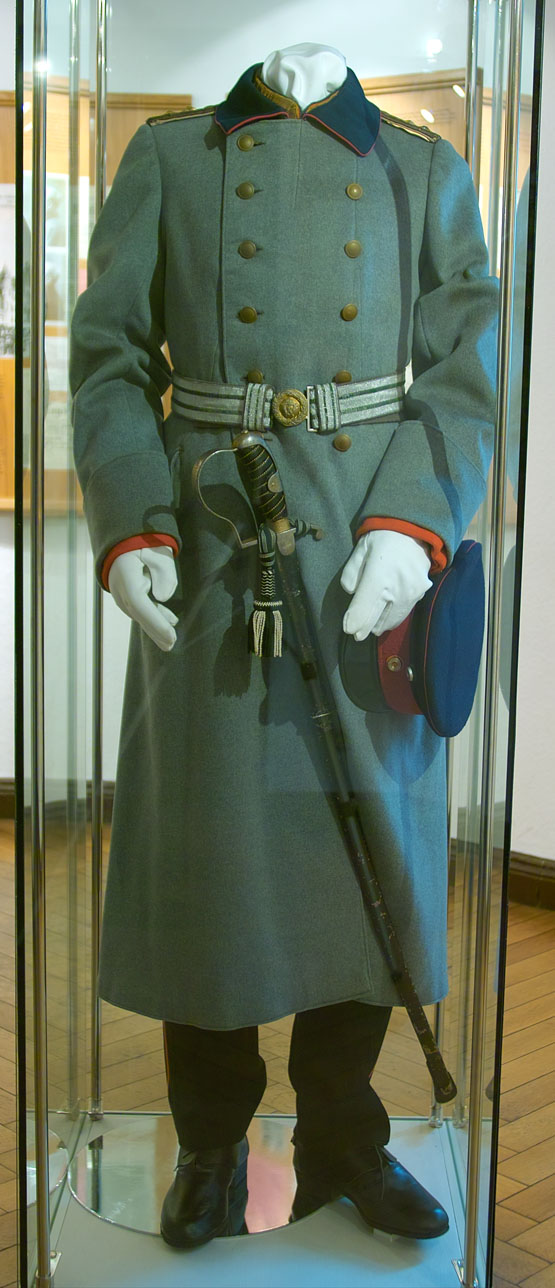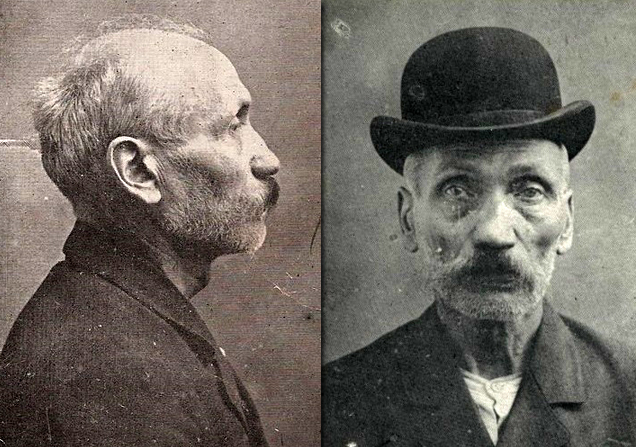Friedrich Wilhelm Voigt lived a troubled life growing up in Tilsit, Prussia. By the age of 14, he already had been sentenced to 14 days in prison for theft which resulted in him getting expelled from school in 1863. Over the next three decades, he would spend a total of 25 years in prison for various crimes including an unsuccessful robbery of a cashiers office at a courthouse that resulted in a 15-year sentence.

Statue of Voigt outside City Hall
Photo: wiki
He was released in February of 1906 and though he didn’t know it at the time, roughly eight months later he would pull off a heist that would etch his name into the history books forever. They even made a play about him called The Captain of Kopenick and is even referred to as a German “fairy tale”.

Voigt on the left
Photo: google
The 57-year-old shoemaker came up with a bold, yet brilliant plan to steal money from the Mayor’s office in the town of Kopenick, roughly 20 miles outside Berlin. First, he acquired an officer’s uniform for the German army and dressed up to appear as if he was someone of importance. He then went to Berlin where he approached a group of an estimated 20 German soldiers. At the time they were known to follow authority almost blindly so when Voigt approached wearing an officer’s uniform they all jumped to attention.

Voigt wearing the captains uniform
Photo: bibliothek
Voigt ordered the men to march the 20 miles towards Kopenick where he positioned the men outside the Mayor’s office. He told the soldiers the Mayor was under arrest so they immediately stormed the building and took him into custody. That’s when Voigt walked in and demanded to see the cash box which had an estimated 4,000 marks inside that he conveniently placed into his pocket without anyone seeing. He then instructed the men to place the Mayor in a car and deliver him to the police in Berlin.
Somewhere along the way Voigt gave the men the slip and disappeared with the money. However, still unaware of what was really happening, the soldiers delivered the Mayor to the police station where a couple hours went by before anyone realized the whole thing was a hoax. Once word got back to the high-ranking officials of the German army, they were infuriated for being made a fool of and started a massive search grid to catch Voigt as soon as possible.
According to reports, Kaiser Wilhelm II apparently thought the story was quite amusing even though the German military absolutely did not. Just a few days later, the Army caught up with Voigt in Berlin and he was soon sentenced to four years in prison, which is quite a bit less than one would’ve expected considering the embarrassment to the German military. However, he didn’t even serve the full term, the Kaiser himself actually pulled a few strings and Voigt was released after just two years.

Uniform worn by Voigt on display
Photo: wiki
Voigt decided to capitalize on his new found fame as a folk hero. Just four days after his release, there was a wax sculpture of him wearing a captain’s uniform at the Unter den Linden Wax Museum. He even showed up many times to take pictures and sign autographs. Voigt also went on to star in many plays, and even published a book in 1909 called Leipzig: How I became the Captain of Kopenick, which apparently sold pretty well. So you might ask, was the 4,000 marks worth the risk involved? I would say so, not only was that a lot of money back then but the fame and notoriety that came from it would turn out to be priceless.


